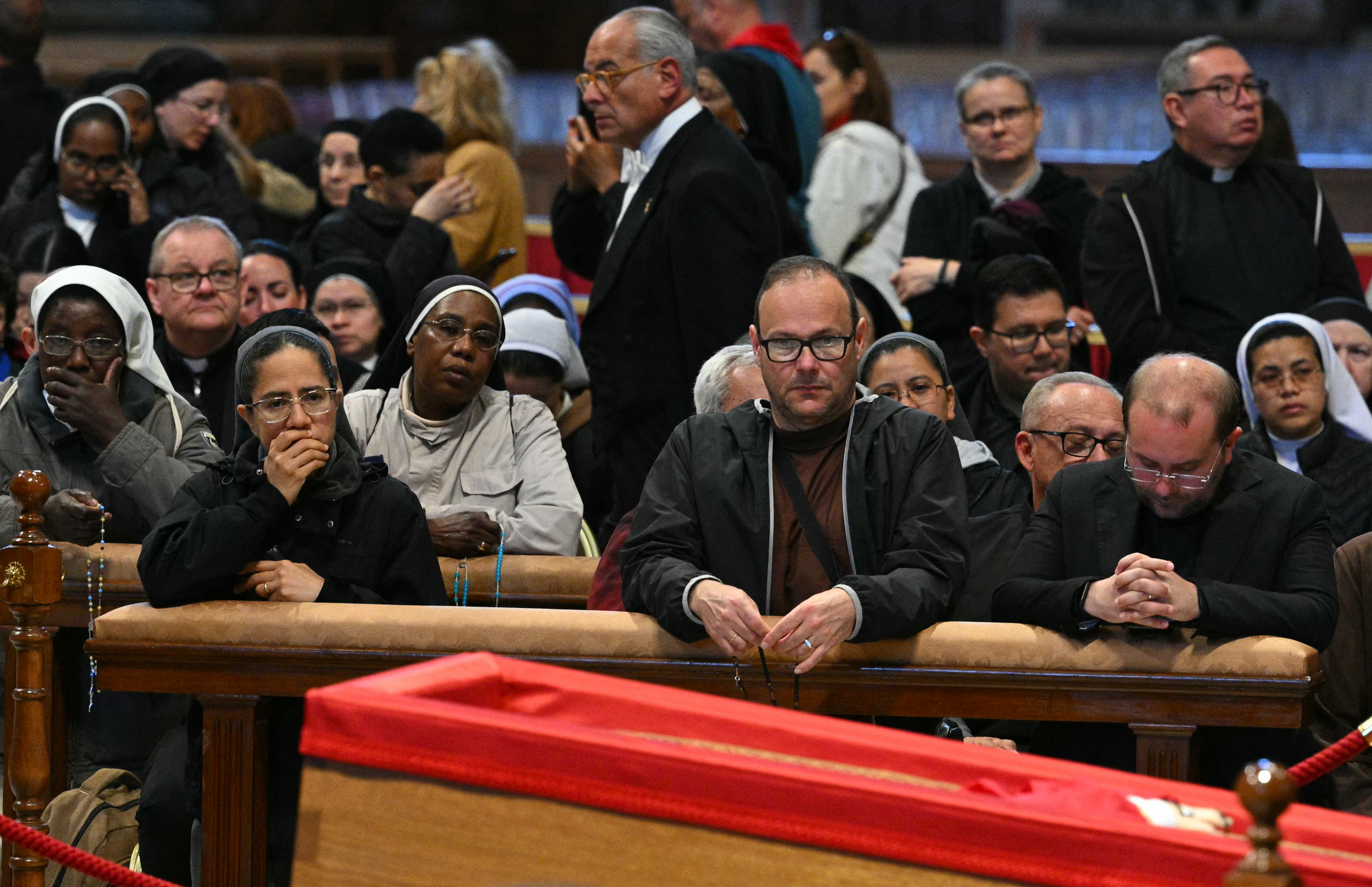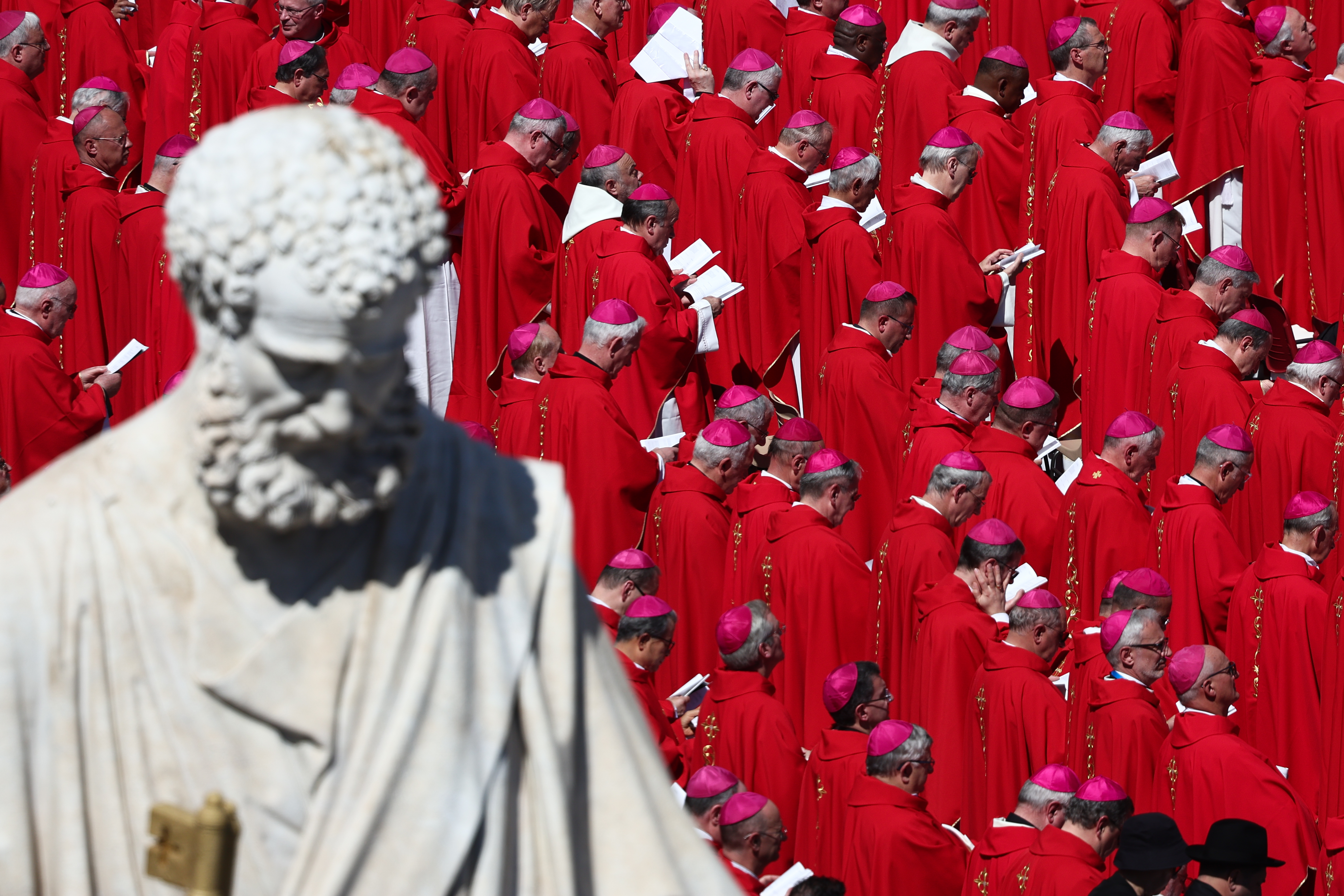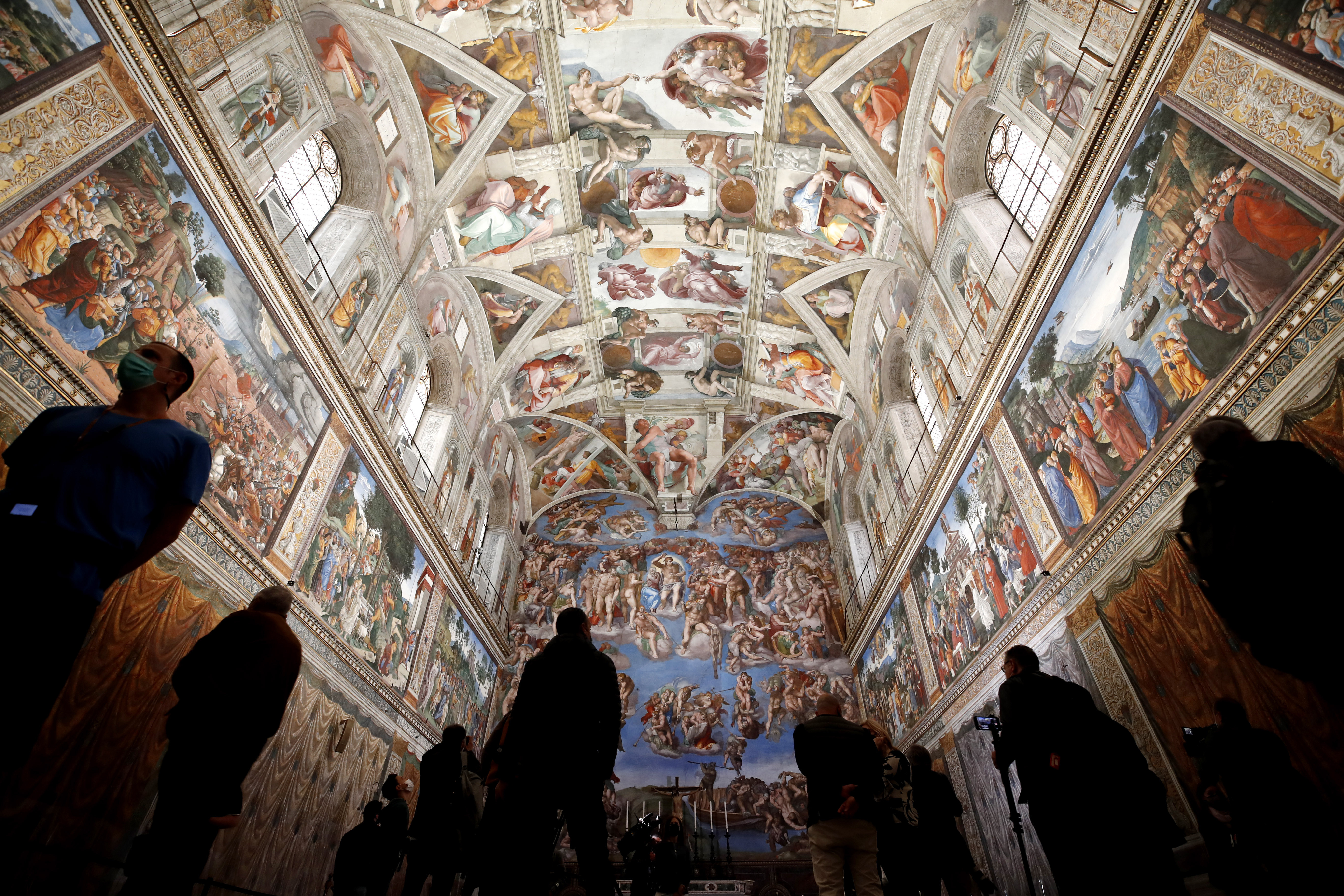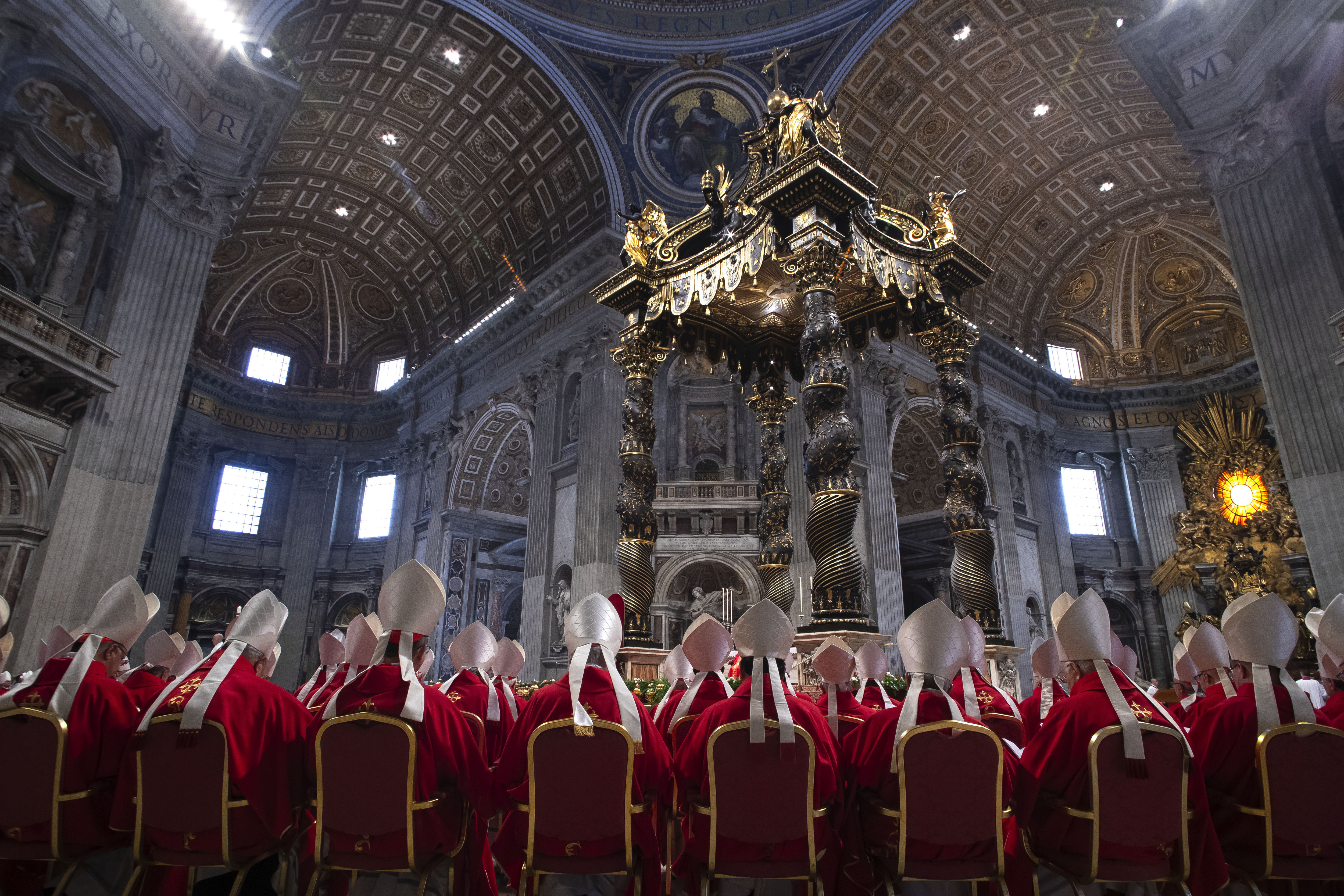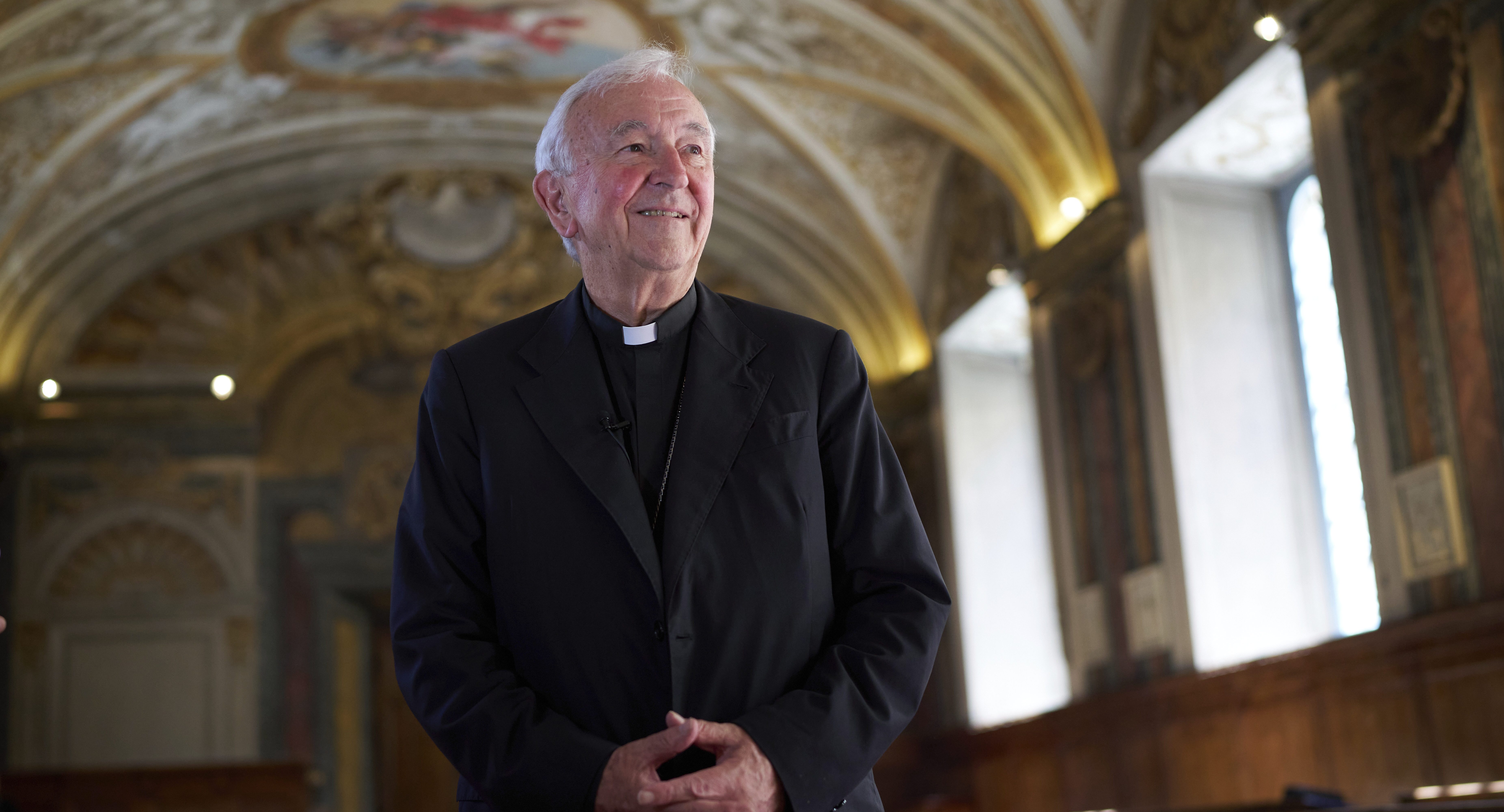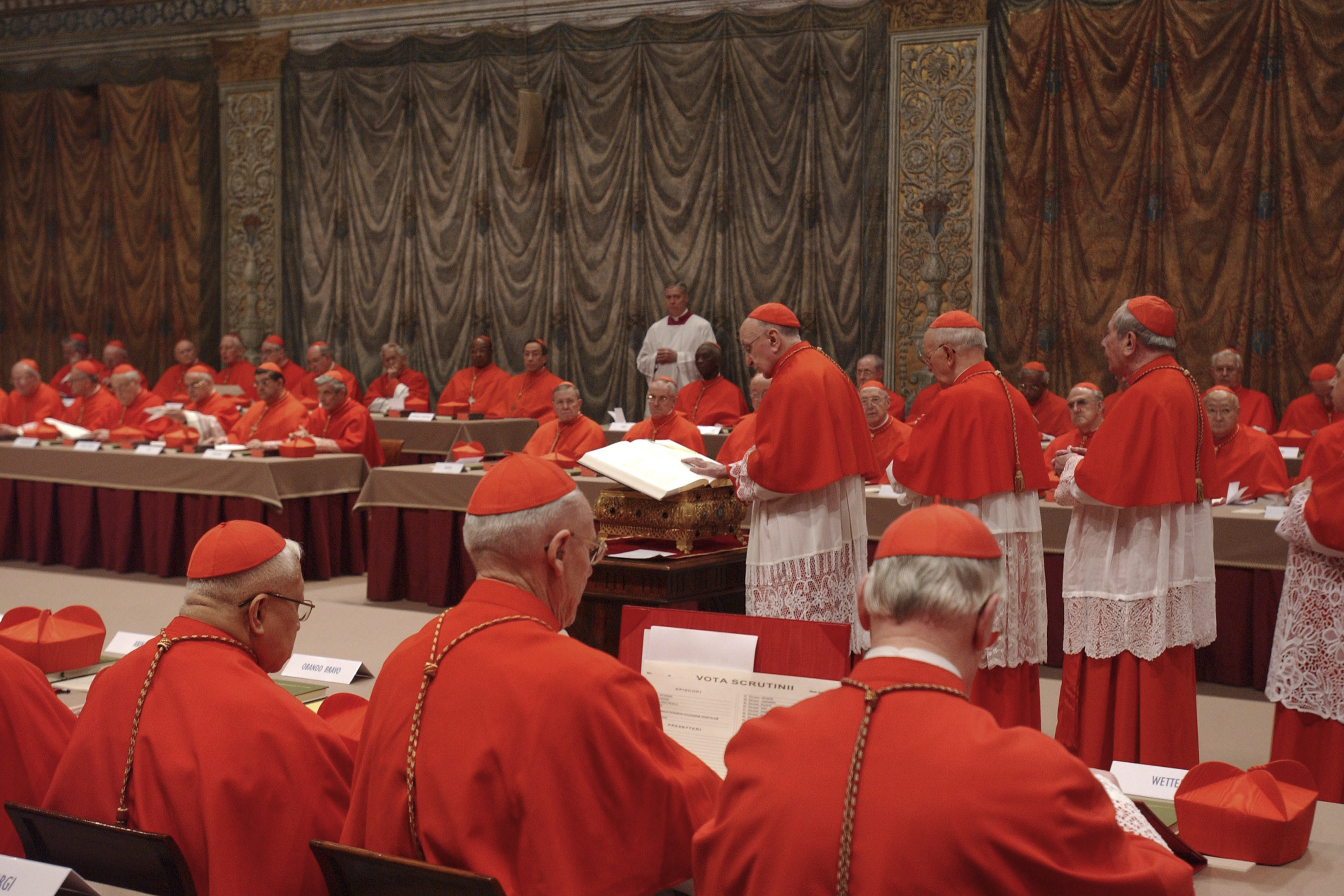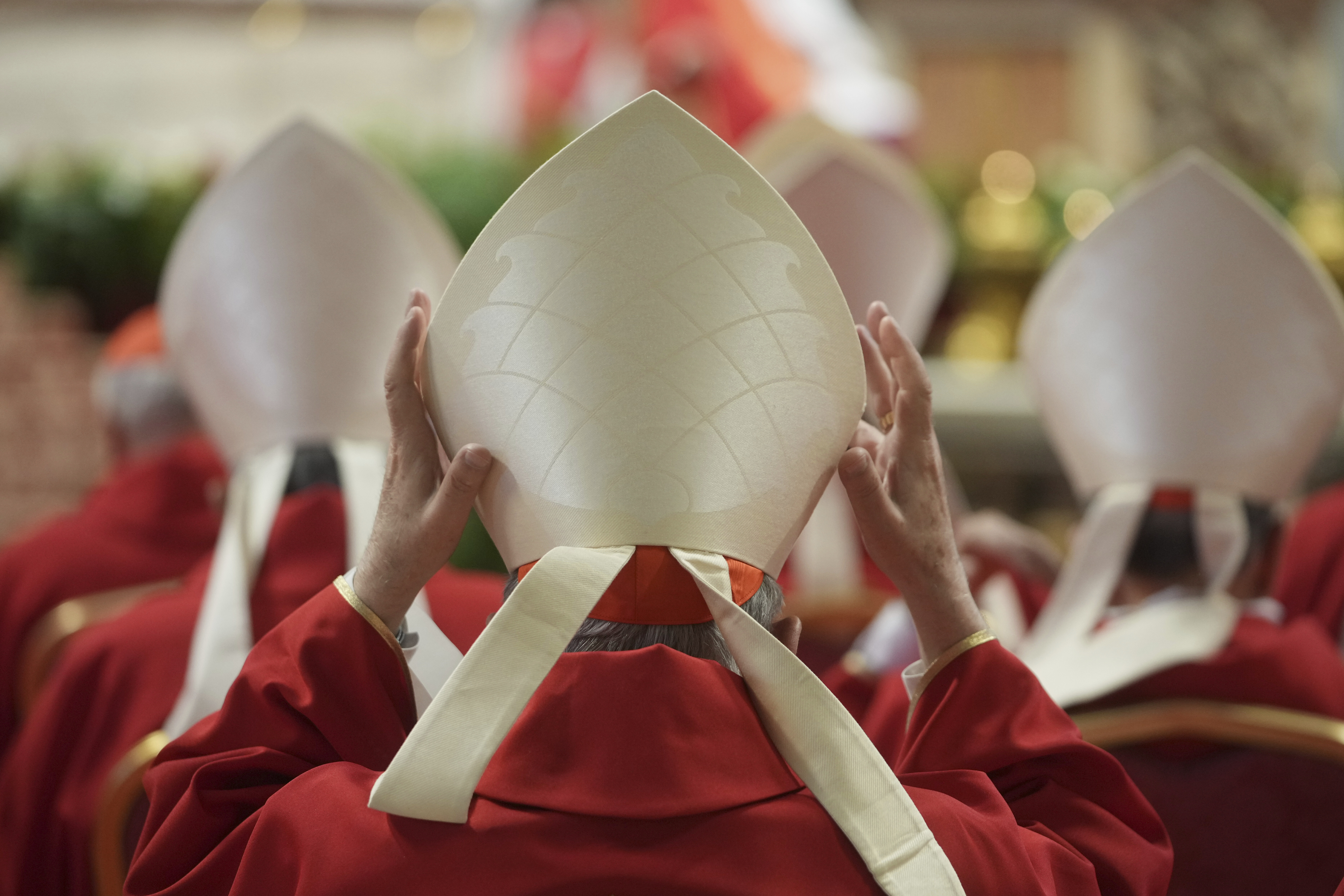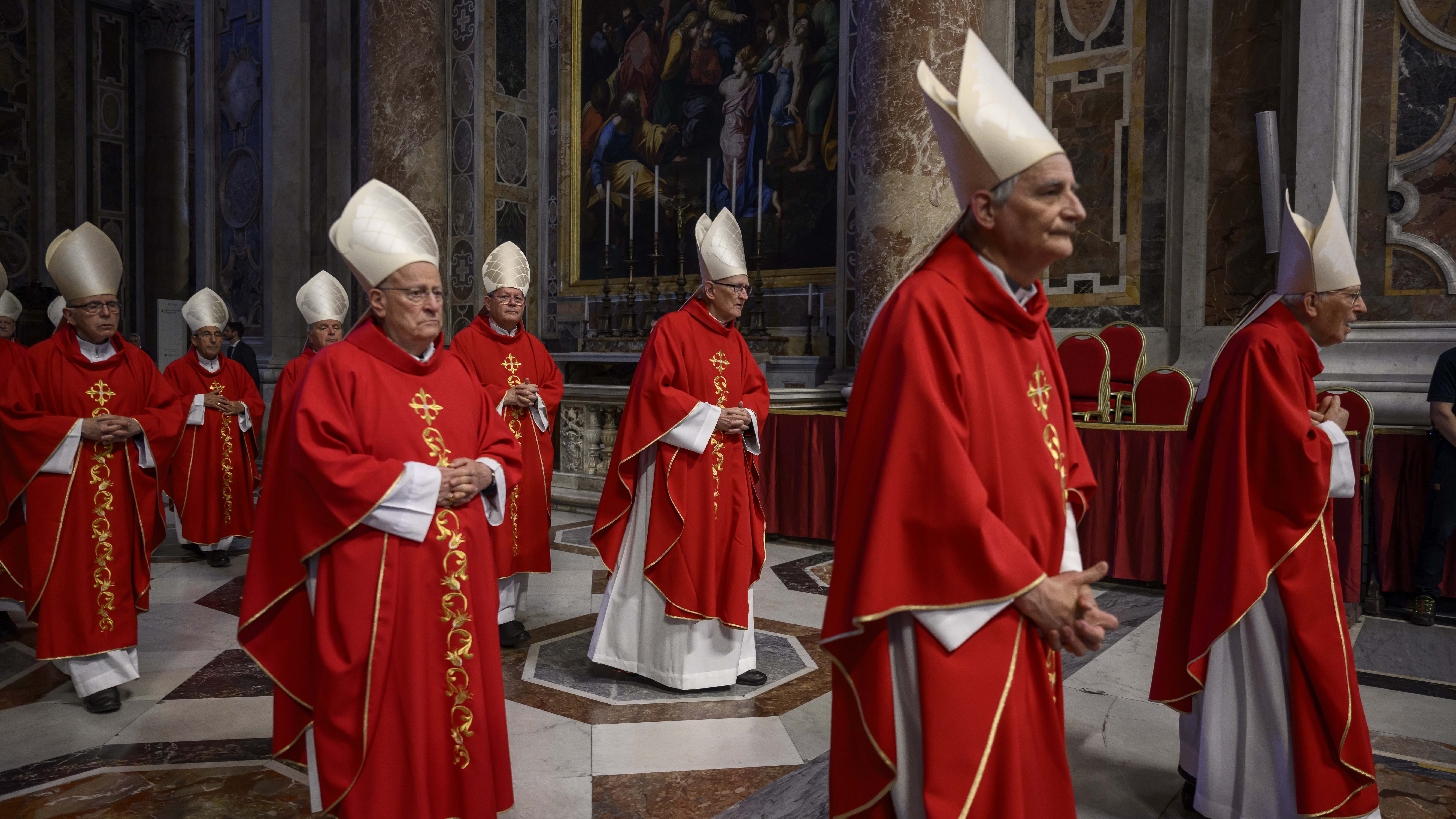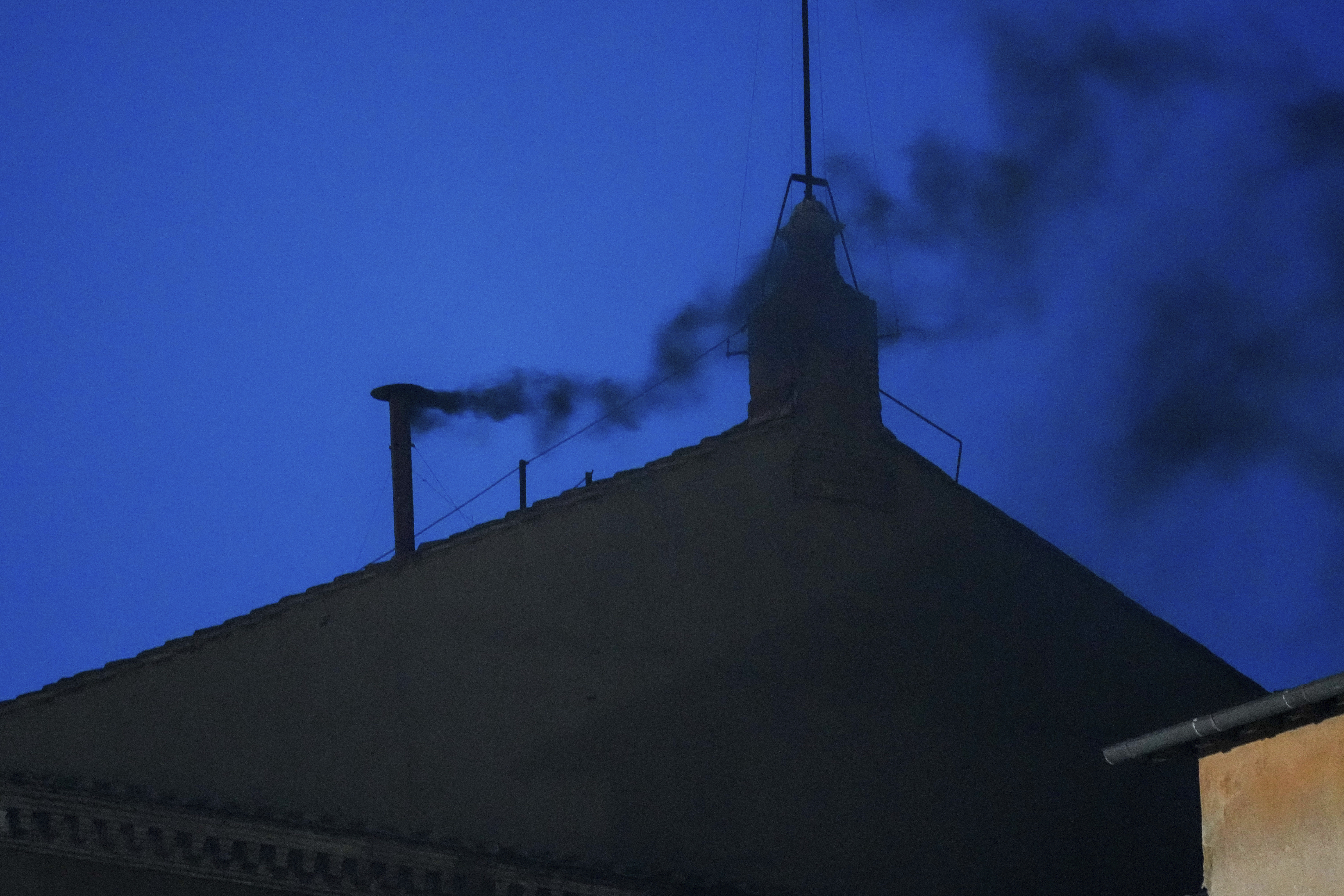Pope Francis Funeral: Coffin Sealing, Burial & Legacy
The Final Farewell: Pope Francis' Coffin Sealing, Funeral Plans & Legacy
Introduction: A World Mourns, a Pontiff Remembered
The world holds its breath, doesn't it? A collective moment of reflection as we bid farewell to Pope Francis, a figure who, for many, transcended religious boundaries and became a symbol of humility, compassion, and reform. After three days of public viewing, drawing over 250,000 mourners from all walks of life, the time has come for the final rites. But what happens now? When exactly will the coffin be sealed, and what can we expect from the funeral and burial?
The Rite of Sealing: A Symbolic Farewell
The culmination of the public mourning period arrives with the Rite of Sealing of the Coffin. This solemn ceremony, scheduled for 8 p.m. local time on Friday, marks the end of the public's opportunity to pay their respects. This isn't just a physical act; it's a deeply symbolic closing of a chapter, a transition from public mourning to private remembrance.
What Happens During the Sealing?
The specific details of the Rite of Sealing are usually kept private, reserved for the close circle of Vatican officials and those directly involved in the preparation for the funeral. However, we can expect prayers, blessings, and the placement of significant items within the coffin, such as papal insignia and documents relating to his papacy. Think of it as encapsulating his life and work within the final resting place.
The Funeral: A Global Gathering
The state funeral, set for Saturday, April 26th, promises to be a spectacle, not just in terms of pageantry, but also in terms of the global figures it will draw. From heads of state like U.S. President Donald Trump and Argentine President Javier Milei to royalty and representatives from 164 delegations, the world will be watching.
Who Will Attend?
The Vatican has confirmed that 54 heads of state and 12 reigning sovereigns will be in attendance. French President Emmanuel Macron managed to pay his respects during the public viewing. But is it just about the VIPs? Absolutely not. The real story, as the article notes, lies in the presence of the marginalized, the poor, and the forgotten - those who represent the core of Francis's papacy.
A Funeral in Two Parts: Grandeur and Humility
The funeral seems to be a carefully orchestrated blend of grandeur and humility, reflecting the complexities of the papacy itself. The presence of world leaders speaks to the global influence of the Pope, while the inclusion of marginalized groups emphasizes Francis’s commitment to social justice and his preference for simplicity.
The Location: St. Peter's Square and Beyond
The main funeral service will be held in St. Peter's Square, a vast and iconic space that can accommodate hundreds of thousands of mourners. However, the article also mentions a "small crosstown basilica" where Francis's casket will meet with marginalized people. This dual location speaks volumes about the Pope's dual focus – on the universal Church and on the needs of the most vulnerable.
The Burial: A Place in History
Following the funeral service, Pope Francis will be laid to rest in a basilica outside the Vatican's walls. The article doesn't specify which basilica, but this location likely holds historical or personal significance. Where a Pope is buried is always significant, serving as a statement on his legacy.
What Does the Burial Site Signify?
The choice of burial location is more than just practical; it's symbolic. It could be a basilica associated with a particular saint he admired, or one linked to a key theme of his papacy, such as poverty, evangelization, or interfaith dialogue. It's a final, silent message to the world.
Pope Francis's Legacy: Humility, Reform, and Social Justice
Beyond the pomp and ceremony, what will Pope Francis be remembered for? Most likely for his emphasis on humility, his calls for reform within the Church, and his unwavering commitment to social justice. He challenged the status quo, advocated for the poor and marginalized, and spoke out against inequality and environmental degradation. He was a Pope of the people, and his legacy will likely be felt for generations to come.
The "Francis Effect": A Lasting Impact?
Many have spoken of a "Francis effect" – a renewed interest in the Catholic Church, a greater focus on social justice, and a more compassionate approach to pastoral care. But will this effect endure? Will his successors continue his work, or will the Church revert to its old ways? Only time will tell, but Francis has undoubtedly left an indelible mark on the institution and the world.
The Future of the Papacy: What Comes Next?
With Pope Francis's passing, the world inevitably turns its attention to the future of the papacy. Who will be his successor? What challenges will they face? The next Pope will inherit a Church grappling with declining membership in some parts of the world, ongoing scandals, and a rapidly changing social landscape. It's a daunting task, to say the least.
Succession Speculation: The Conclave Begins
The death of a Pope triggers a process known as a conclave, where cardinals from around the world gather in the Sistine Chapel to elect a new pontiff. This is a deeply secretive and prayerful process, with the cardinals sequestered until they reach a consensus. The world will be watching anxiously for the white smoke that signals the election of a new Pope.
Beyond the Headlines: The Human Element
Amidst the news reports and political analysis, it's easy to forget the human element. Pope Francis was, above all, a human being – a man of faith, compassion, and conviction. His death is a loss not just for the Catholic Church, but for the world. It's a reminder of our shared humanity and the importance of striving for a more just and peaceful world.
Remembering the Man: Stories and Anecdotes
We'll no doubt hear countless stories and anecdotes in the coming days, painting a fuller picture of Pope Francis – the man behind the mitre. These stories will likely highlight his humility, his sense of humor, and his genuine concern for others. It's through these personal accounts that we can truly understand the impact he had on so many lives.
A Time for Reflection: Lessons from Pope Francis
The passing of Pope Francis provides an opportunity for reflection, not just on his life and legacy, but also on our own values and priorities. What lessons can we learn from his example? How can we embody his spirit of humility, compassion, and social justice in our own lives?
Conclusion: The End of an Era, the Beginning of a Legacy
The sealing of Pope Francis's coffin marks the end of an era, but it also signifies the beginning of a lasting legacy. His papacy will be remembered for its emphasis on humility, reform, and social justice. As the world mourns his passing, we can also celebrate the impact he had on countless lives and the hope he inspired for a better future. The funeral and burial will be a final farewell, but his spirit will undoubtedly live on.
Frequently Asked Questions (FAQs)
Here are some frequently asked questions surrounding Pope Francis's passing and the subsequent events:
- When and where will Pope Francis be buried?
The article indicates that Pope Francis will be buried in a basilica outside the Vatican's walls, following his funeral on April 26th. The specific basilica has not been publicly announced. - What happens during the Rite of Sealing of the Coffin?
The Rite of Sealing is a private ceremony involving prayers, blessings, and the placement of significant items within the coffin, symbolizing the encapsulation of his life and work. - Who is expected to attend the funeral?
The funeral will be attended by a wide range of figures, including heads of state like the U.S. President and the Argentine President, royalty, representatives from 164 delegations, and marginalized people who were close to Pope Francis. - What is a papal conclave, and when will it take place?
A papal conclave is a gathering of cardinals in the Sistine Chapel to elect a new Pope. The timing of the conclave is usually announced shortly after the death of a Pope. - What is Pope Francis's most significant legacy?
Pope Francis's legacy is generally considered to be his emphasis on humility, reform within the Church, and his unwavering commitment to social justice, particularly his advocacy for the poor and marginalized.
